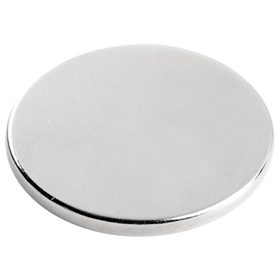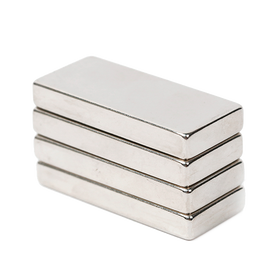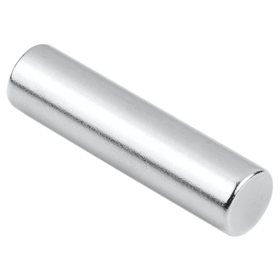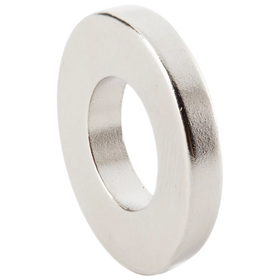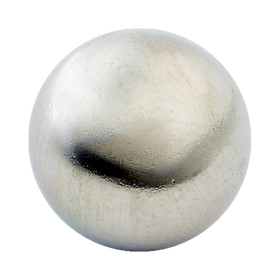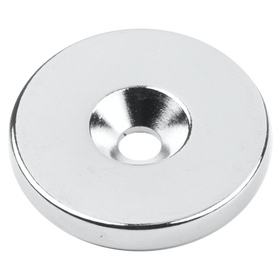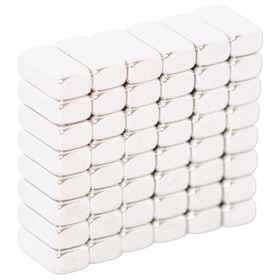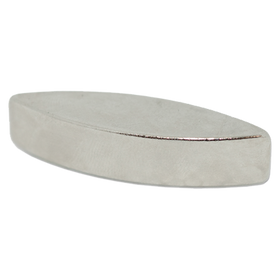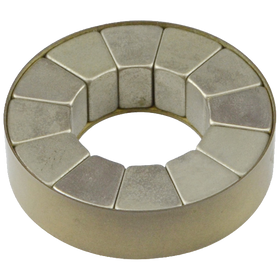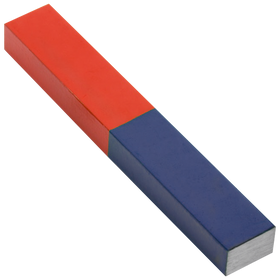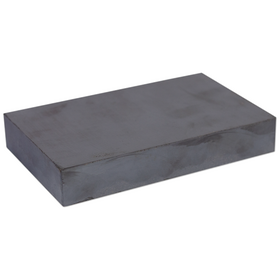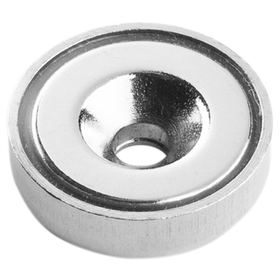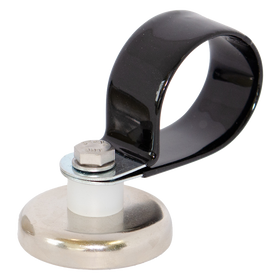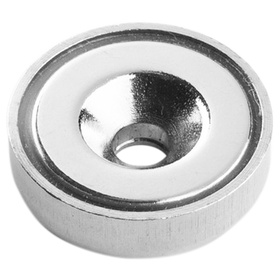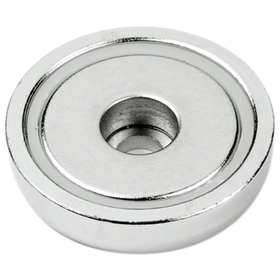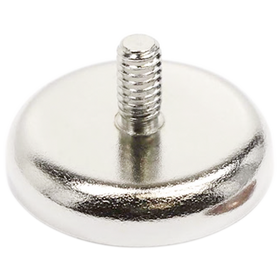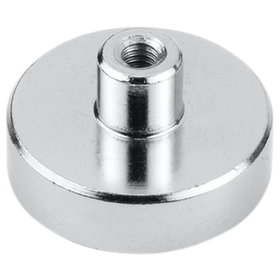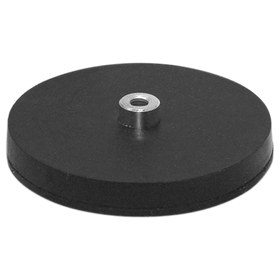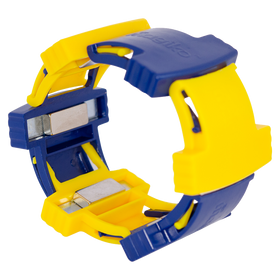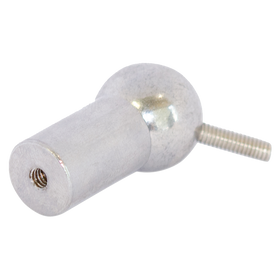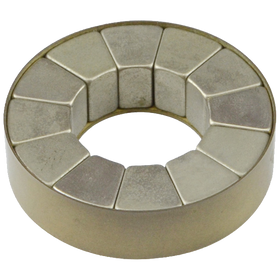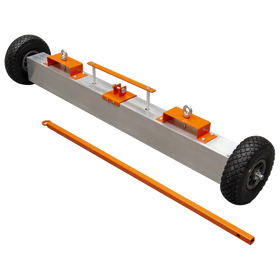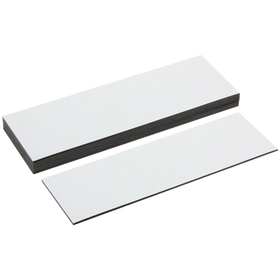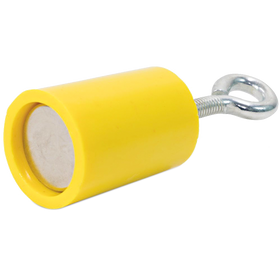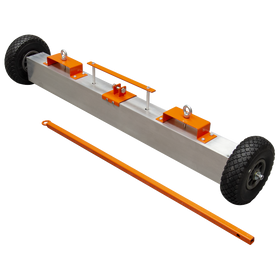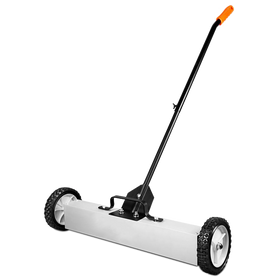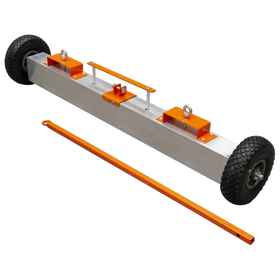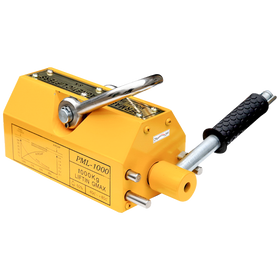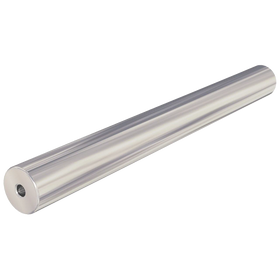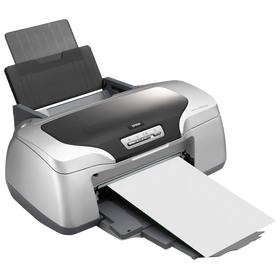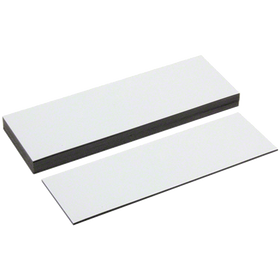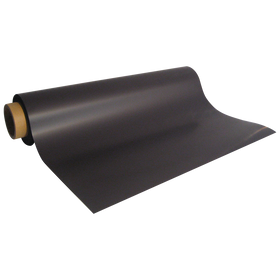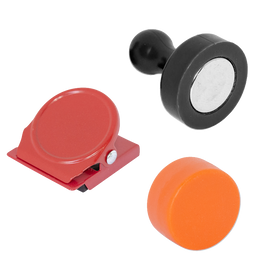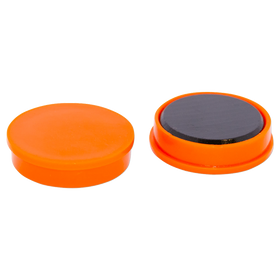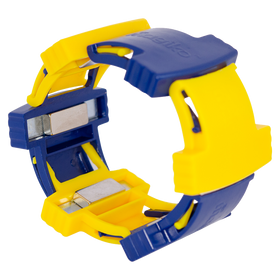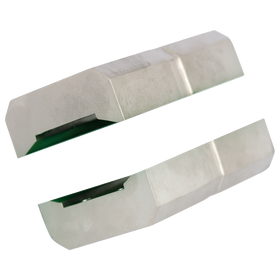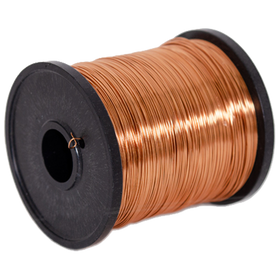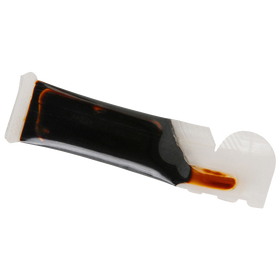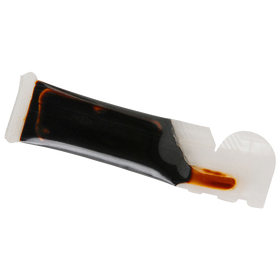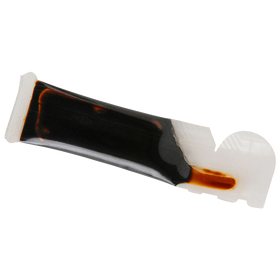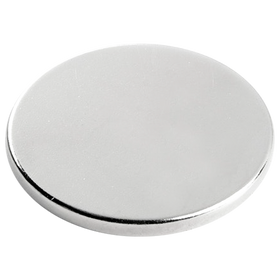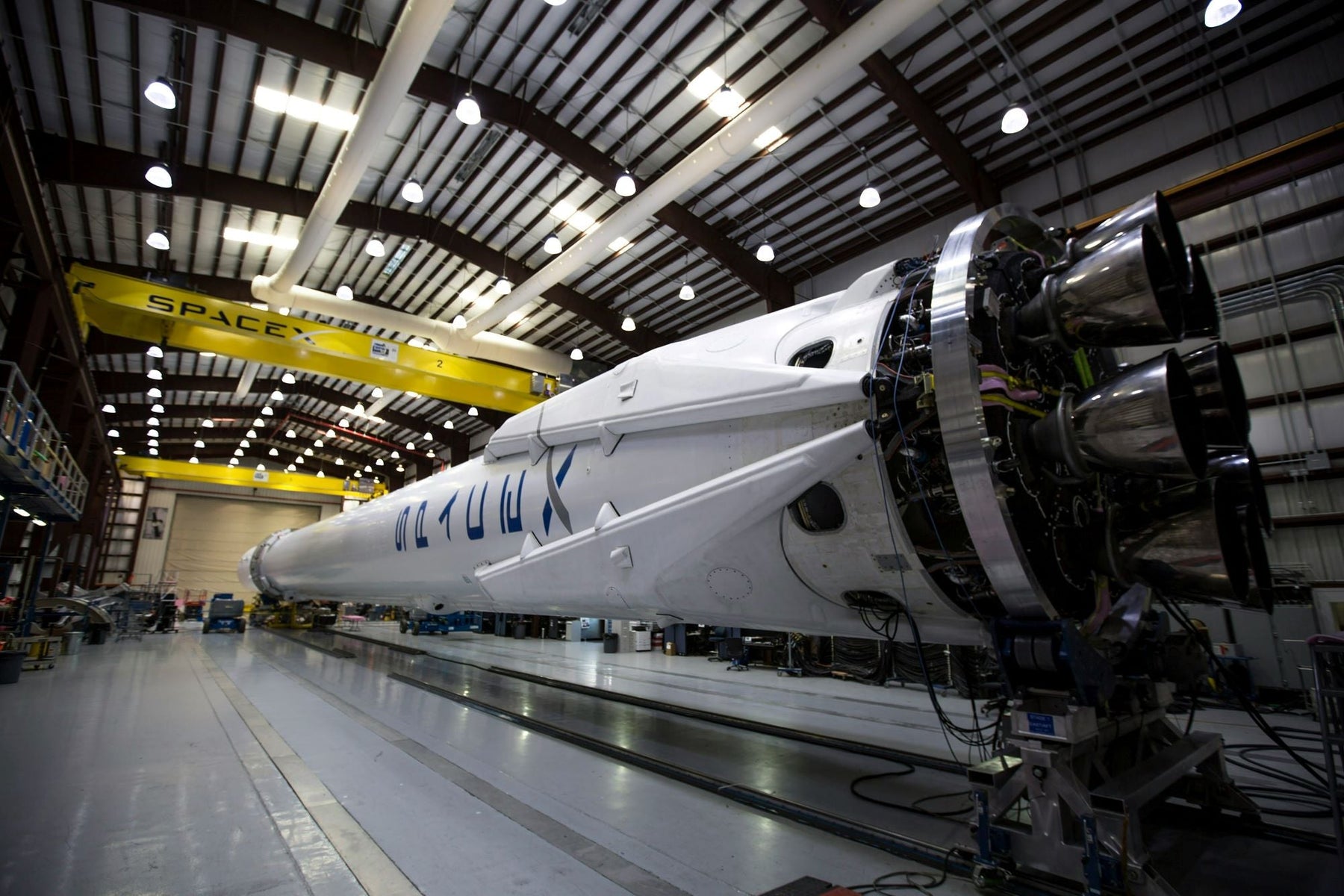
Magnets and Space Exploration
Space exploration has once again gripped our imagination. To infinity and beyond seems a real possibility. But what you might not consider when you think of the space race is the humble, heroic magnet.
Space exploration is all about powerful rockets, cutting-edge spacecraft and breathtaking images of distant planets. But behind these grand achievements, rare earth magnets are working their magic - enabling advanced technologies and solving unique challenges posed by the space environment. But how do magnets work in space, and why are they so vital to our quest for the stars?
How Magnets Work
At their core, magnets are objects that produce a magnetic field, an invisible force that attracts ferrous materials like iron, nickel and cobalt. The alignment of microscopic magnetic domains within the material is what generates the magnetic field. In permanent magnets, these domains remain aligned without an external power source. In electromagnets, an electric current is required to generate a magnetic field and can be turned on or off as needed.
We know how magnets work here on Earth, but do they work in the weightless vacuum of space?
Space is a vacuum, meaning there’s no air or atmosphere, temperatures can swing dramatically, from below freezing to scorching heat, there’s radiation to contend with. It’s not pretty and these factors can influence the performance and durability of magnets.
Despite these challenges, rare earth magnets are an indispensable component in space exploration, solving problems that would be almost impossible without them.
The Role of Magnets in Space Exploration
Magnets can power spacecraft systems and contribute to important scientific research. Super-powerful rare earth magnets are key components in propulsion systems for modern spacecraft. Advanced ion thruster propulsion systems use electric and magnetic fields to accelerate ions, creating thrust. Ion thrusters are highly efficient and are used for lengthy missions, such as NASA’s Dawn spacecraft, which explored the asteroid belt.
Satellites often use a device called a magnetorquer for attitude control. These super strong magnets generate a magnetic field that interacts with Earth’s magnetic field, allowing the satellite to adjust its orientation without using fuel.
Magnets play an essential role in the function of many spacecraft systems, including electric motors and generators which do all sorts of amazing things, like moving robotic arms and powering scientific instruments.
Magnetic bearings use magnetic fields to support moving parts without physical contact, which means less wear and tear and a longer lifespan for critical components.
Magnets are also used as a tool for spacecraft docking and debris capture. By using strong magnets to align and connect spacecraft, engineers can reduce the complexity of traditional docking mechanisms.
Research is being done to develop magnets which can capture small metallic debris orbiting Earth, helping to reduce the growing problem of space junk.
Magnets also enable groundbreaking scientific research in space, such as particle accelerators and detectors. The International Space Station uses powerful magnets to study cosmic rays and to search for dark matter.
Magnets are also being examined as a possible solution to shield astronauts from harmful cosmic radiation during long-duration missions to Mars and beyond.
Magnets In Space? No problem!
Surprisingly, magnets do not work differently in space compared to Earth. Their magnetic fields are not affected by gravity or the lack of atmosphere. It’s the unique conditions of space that present challenges to the reliable performance of magnets. To overcome those difficult conditions, engineers are turning to magnetic materials that can withstand the extreme temperatures and radiation levels of space.
As space exploration advances, these powerful rare earth magnets will continue to play a critical role in enabling new technologies and missions. On missions to Mars, magnets could be used to protect astronauts from radiation and to shield habitats on the Martian surface from cosmic rays.
Rare earth magnets could be instrumental in mining operations on asteroids and the Moon. Magnetic separators could extract valuable metals from mined material, supporting the development of space-based industries.
This idea sounds too fantastic to be true, but the concept of a space elevator relies on advanced magnetic systems to transport materials and people between Earth and space. That’s not science fiction – that’s magnet magic!
Powerful rare earth magnets are central to concepts like magnetic sails, which could use the pressure of solar wind to propel spacecraft, and which might one day enable humanity to explore distant star systems.
While magnets may not be the first thing that comes to mind when you think of space exploration, magnets are right there in the mix, powering spacecraft, advancing scientific research and enabling technologies that make space exploration possible.
So, the next time you marvel at a rocket launch or a breathtaking image of a distant galaxy, how about a high five to the humble magnet, quietly helping us reach for the stars?


